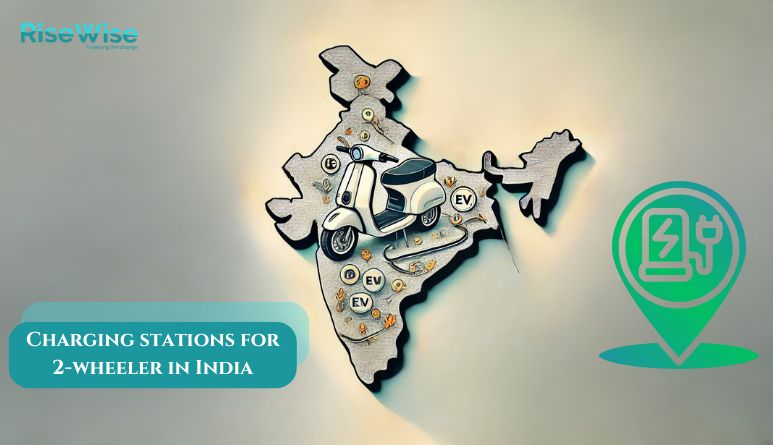
The Future of Mobility: Charging Stations for 2-Wheeler EVs in India
As India rapidly transitions towards a more sustainable future, the rise of electric vehicles (EVs), particularly 2-wheelers, has become a defining moment in the country’s automotive landscape. The convenience, affordability, and eco-friendly nature of electric scooters and bikes are attracting more buyers than ever. But one critical factor driving this change is the expansion of charging station networks across the nation. Here, we delve into the state of charging stations for 2-wheeler EVs, why electric scooters are better than petrol bikes, and the best buying options available in India.
Table Of Content
Current and Upcoming Charging Stations in India
As of now, India boasts over 10,000 EV charging stations, with significant growth in metropolitan cities such as:
- Delhi: 1,500 charging stations
- Mumbai: 1,200 charging stations
- Bengaluru: 1,800 charging stations
- Hyderabad: 1,000 charging stations
- Chennai: 900 charging stations
- Pune: 850 charging stations
Recognizing the need for infrastructure expansion, the government has ambitious plans to establish over 100,000 charging stations by 2030. This massive growth aligns with the National Electric Mobility Mission Plan (NEMMP), which aims to promote the adoption of EVs and ensure that charging infrastructure is accessible to all.
Private players like Tata Power and Ather Energy are also stepping up, installing fast chargers at strategic locations, including residential complexes, malls, and office spaces. With more charging points, range anxiety is becoming a thing of the past for EV users.
Why Choose Electric 2-Wheelers Over Petrol Bikes?
Switching to electric 2-wheelers is not just an environmentally responsible decision; it’s also a smart financial one. Here are the key reasons:
- Cost Savings:
- EVs offer significantly lower running costs compared to petrol bikes. Charging a 2-wheeler EV costs as little as ₹1 per kilometer, while petrol costs can range from ₹3-₹5 per kilometer.
- Eco-Friendly:
- Electric 2-wheelers produce zero tailpipe emissions, reducing air pollution and contributing to cleaner cities.
- Government Subsidies:
- Buyers can take advantage of government incentives, such as subsidies under the FAME II scheme, which reduce the upfront cost of EVs.
- Low Maintenance:
- With fewer moving parts, EVs have lower maintenance costs compared to petrol bikes, which require regular oil changes and engine servicing.
- Future-Proofing:
- As petrol prices continue to rise and emissions regulations tighten, EVs are a sustainable choice for long-term savings and compliance.
Popular 2-Wheeler EV Options in India
India’s market offers a variety of excellent electric 2-wheelers to suit different needs and budgets. Some popular options include:
- Ather 450X: A premium electric scooter known for its sleek design, advanced features, and impressive range of 146 km.
- TVS iQube Electric: A reliable option with a range of 100 km and smooth performance for city commuting.
- Bajaj Chetak Electric: A modern take on a classic scooter, combining style with a range of 90 km.
- Hero Electric Optima: A budget-friendly option with a decent range and efficient performance.
EVs in Industry Applications
The adoption of 2-wheeler EVs isn’t limited to personal use. Various industries are leveraging electric scooters and bikes to optimize their operations:
- E-Commerce and Delivery Services:
- Companies like Zomato, Swiggy, and Amazon are incorporating EVs into their fleets to reduce operational costs and carbon footprints.
- Ride-Sharing Platforms:
- Uber is promoting electric 2-wheelers for short-distance rides, providing an economical and sustainable transport option.
- Corporate Fleets:
- Many businesses are switching to EVs for their employees’ commuting needs, offering cost-effective and environmentally friendly alternatives.
Financing Your EV: The Role of EV Loans
Purchasing an electric 2-wheeler has never been easier, thanks to attractive EV loan options. Leading banks and NBFCs in India offer low-interest loans specifically for EVs, with flexible EMI plans and minimal down payment requirements. For example, you can calculate your monthly payments using an EV loan EMI calculator and choose a plan that suits your budget. This ensures that owning an electric scooter is affordable for everyone.
Frequently Asked Questions
How many charging stations are currently available for EVs in India?
India has over 10,000 charging stations, with plans to expand to over 100,000 by 2030.
Are 2-wheeler EVs suitable for long-distance travel?
While most 2-wheeler EVs are optimized for city commutes with ranges between 90-180 km, advancements in battery technology are improving their long-distance capabilities.
What is the cost of charging a 2-wheeler EV?
Charging a 2-wheeler EV typically costs around ₹1 per kilometer, making it significantly cheaper than petrol vehicles.
What are some government subsidies available for EV buyers?
The FAME II scheme provides subsidies to reduce the upfront cost of EVs, alongside tax benefits and state-specific incentives.
Can I get a loan to purchase an electric 2-wheeler?
Yes, many banks and NBFCs offer low-interest EV loans with flexible EMI options to make EV ownership affordable.
Conclusion
The future of mobility is undoubtedly electric. With a growing number of charging stations, increasing government support, and innovative 2-wheeler models hitting the market, there’s never been a better time to switch to an electric scooter. Whether you’re an individual buyer or a business owner, the advantages of EVs far outweigh those of petrol bikes. Explore your options today, and join India’s green revolution!


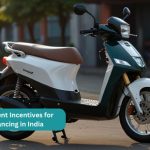
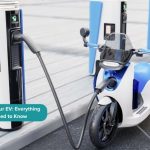
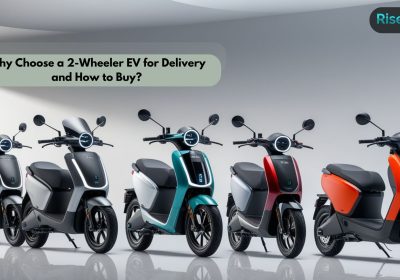
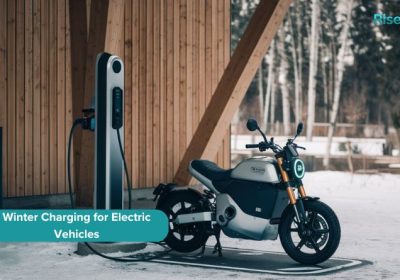
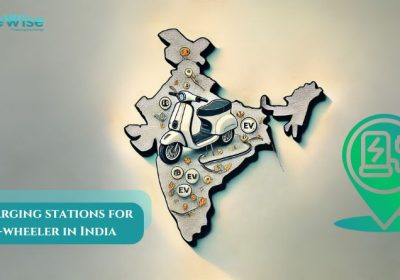
No Comment! Be the first one.